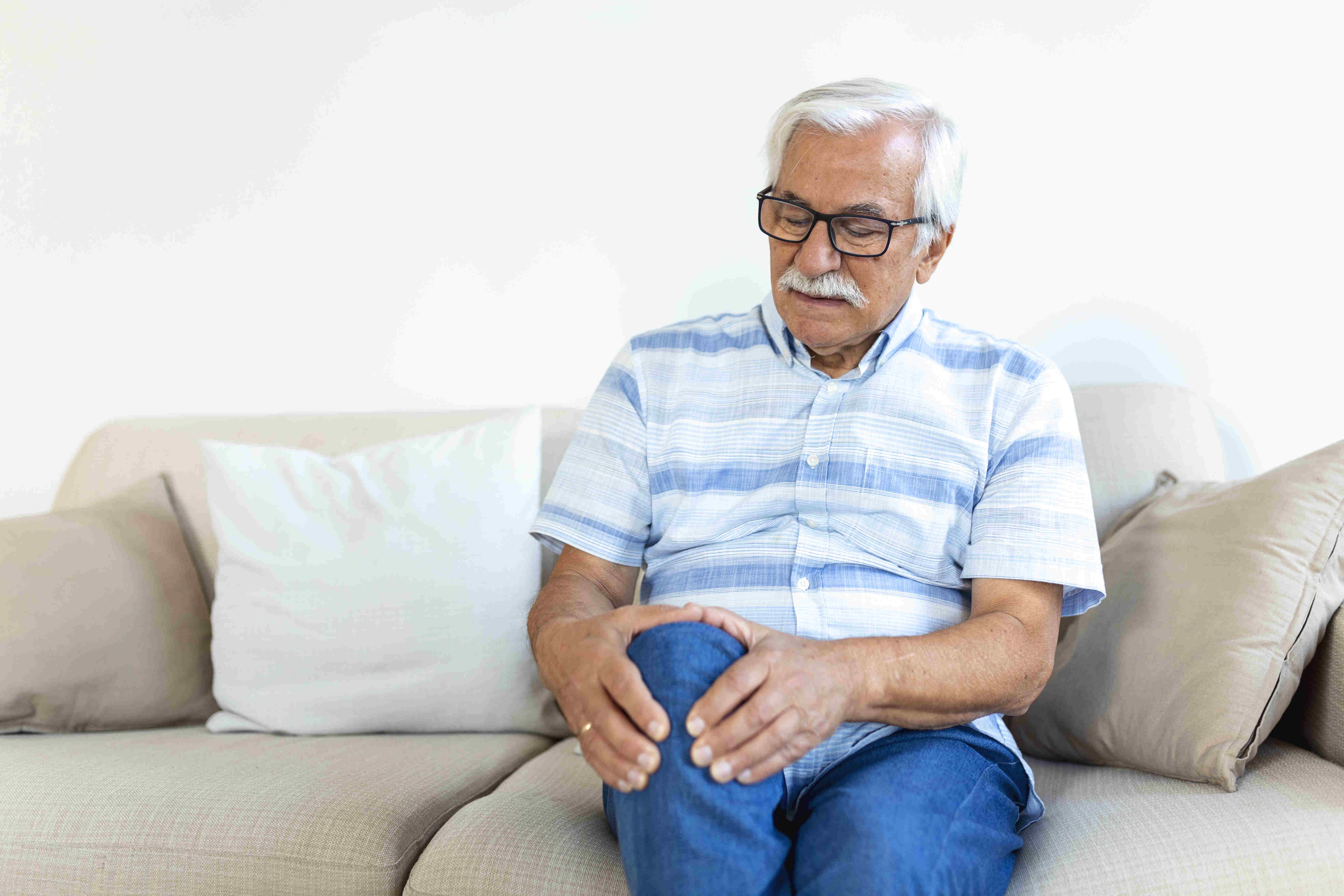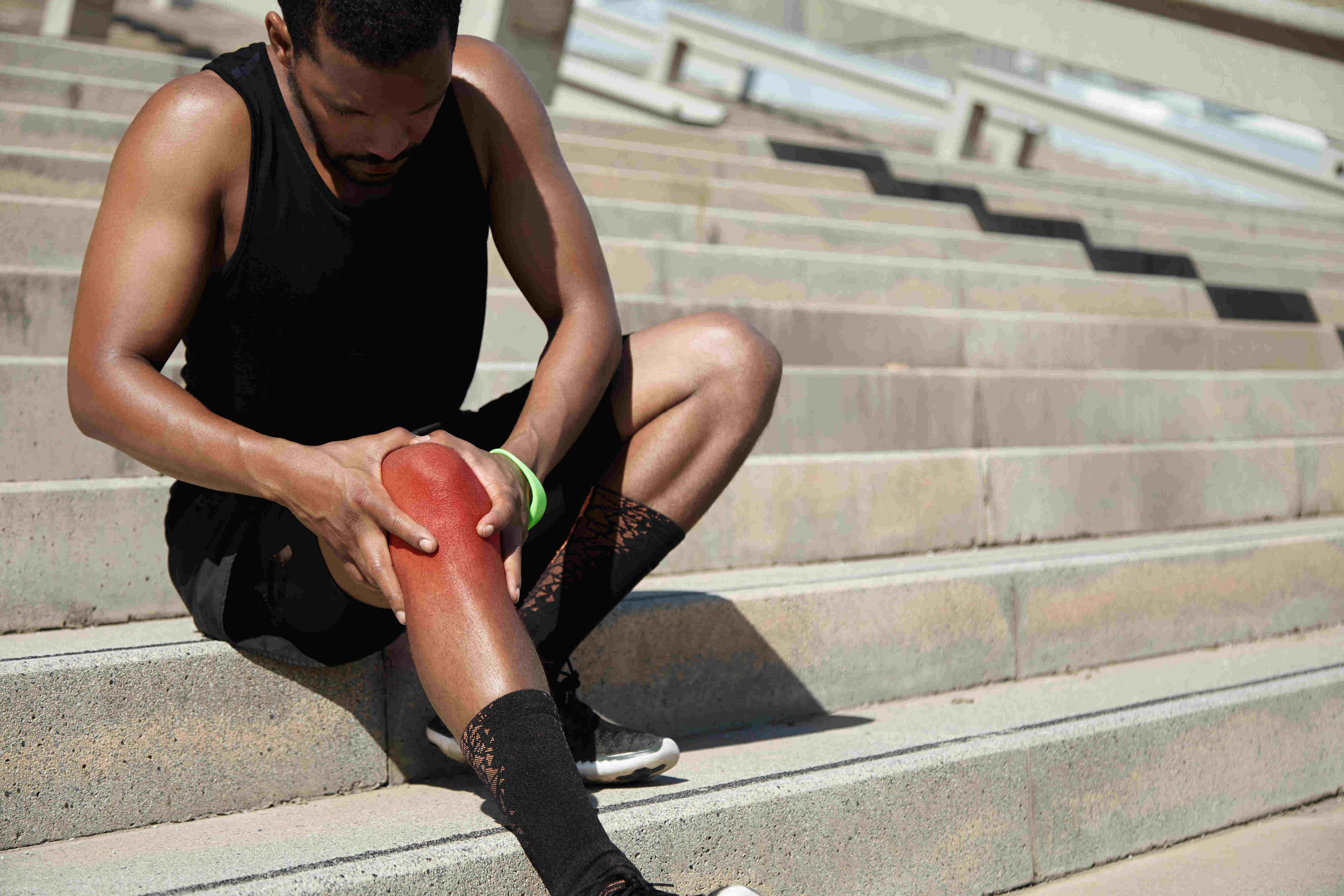


Arthritis means inflammation of the joints. Osteoarthritis (OA) is the most common form of arthritis in the India. OA mainly affects the joint cartilage and the bone tissue next to the cartilage. Though most of the joints can get affected by OA, Knee is most commonly involved.
In joints with OA, with aging the joint cartilage becomes damaged and worn. The bone tissue next to the cartilage can also be affected and bony growths can develop around the joint edges. These growths are called osteophytes and may be seen on X-rays. The joints and the surrounding tissues can also become inflamed & painful.
Age: OA becomes more common with increasing age. By the age of 65, at least half of people
will have some OA in some joint(s).
Genetics: There may be some inherited tendency for OA to develop in some people.
Obesity: Knee OA is more likely to develop, or be more severe, in obese people. This is
because there is an increased load on the joints and a potential for more joint damage.
Previous joint injury, damage or deformity: This may include previous joint infection, a
previous fracture (break in the bone) around a joint, or a previous ligament injury that caused a
joint to become unstable.

Pain, stiffness, and limitation in full movement of the joint are typical. The stiffness tends to be
worse first thing in the morning but tends to loosen up after half an hour or so. Swelling and
inflammation of an affected joint can sometimes occur. Difficulty in walking, Climbing stairs,
getting up from sitting position.
In severe cases there may be deformity( bow knees) & limp while walking.
Walking aid: Walking with a limp can put extra strain on your body. Use a cane, walking stick
or walker to help you walk with less pain and without a limp.
Supportive shoes: Good cushioning and arch support can make standing and walking more
comfortable. Avoid high heels and non-supportive shoes.
Heat or Cold: Place heat or cold packs on your knees for 10-15 minutes as needed to help
manage your pain. Place a thin layer of cloth between the ice or heat and your skin. You can
alternate back and forth between heat and cold.
Sitting: Avoid sitting in low chairs, soft couches or on a low toilet. This is stressful on
your knees and will make it difficult to get up. It may also be helpful to get a raised toilet seat.
Exercise: Exercise can help you maintain your range of motion, decrease your pain and
maintain your activity level.
Moderate to severe cases of osteoarthritis in the knee may need other treatments including:
Physiotherapy: a physiotherapist will show you exercises specific to your injury and use
hands-on techniques to help relieve pain
Steroid injection: this may offer pain relief to moder- ate to severe OA knees. A specialist
will help you decide whether this option will be suited to you
Surgery: this option is only suited to people with severe OA. There are different types of
procedures including a knee joint replacement.

Depending on degree of involvement OA can be managed by Arthroscopy ( Keyhole surgery) , Osteotomy ( Alignment correction surgery) or Knee Replacement ( Partial or Total Knee replacement).
The damaged areas of the bone are removed and your doctor will replace your knee joint with a man-made knee joint called ‘prosthesis’. Some parts of the prosthesis are metal and some are a tough plastic. Once the prostheses are inserted to the different bones the surgeon checks that the pieces fit properly and that the new joint moves correctly.
Knee replacement is recognized as one of the most successful procedures in all of medicine. In the United States, over 700,000 people have their knees replaced each year. A recent panel of independent experts determined that 90 percent of those opting for knee replacement reported “fast pain relief, improved mobility, and better quality of life.